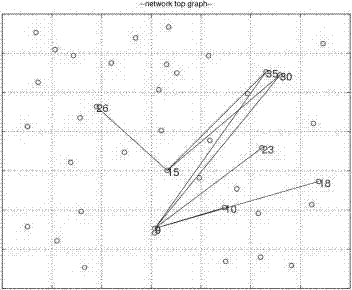Method for establishing dynamic network model using deep convolutional neural network
A dynamic network, deep convolution technology, applied in the field of network science research, can solve the problem of low universality
- Summary
- Abstract
- Description
- Claims
- Application Information
AI Technical Summary
Problems solved by technology
Method used
Image
Examples
Embodiment Construction
[0031] The present invention is a method for extracting high-order features of dynamic network structures using deep convolutional models. The topological structure of the dynamic network has always been affected by complex and changeable environmental factors, and the deep convolution model aims to accurately grasp the potential relationship between various variables and factors to effectively analyze the law of dynamic changes in the network structure. Further description will be given below in conjunction with the accompanying drawings and specific implementation methods.
[0032] like Figure 1 to Figure 3 As shown, G= is defined as a dynamic network, where N is a node set, E is an edge set, and the set S={G 1 , G 2 ,...,G t} is defined as a timing subgraph of a dynamic network, representing the evolution of the network over time. In the present invention, the spontaneous network analysis process is realized by establishing a deep learning model, and the specific steps...
PUM
 Login to View More
Login to View More Abstract
Description
Claims
Application Information
 Login to View More
Login to View More - R&D
- Intellectual Property
- Life Sciences
- Materials
- Tech Scout
- Unparalleled Data Quality
- Higher Quality Content
- 60% Fewer Hallucinations
Browse by: Latest US Patents, China's latest patents, Technical Efficacy Thesaurus, Application Domain, Technology Topic, Popular Technical Reports.
© 2025 PatSnap. All rights reserved.Legal|Privacy policy|Modern Slavery Act Transparency Statement|Sitemap|About US| Contact US: help@patsnap.com



